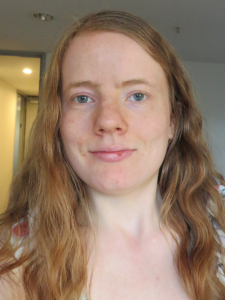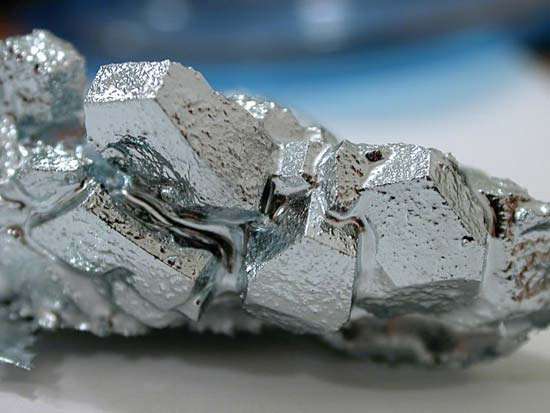A synopsis of Hayley’s project.
 I investigated the mobility of Gallium (Ga) and Indium (In) in the soil-plant system. Gallium and In are trace metals chemically similar to aluminium. They are present in many technological devices used in farming systems, such as mobile phones, GPS and other forms of wireless communication, and solar panels. Disposal of these products into landfills, along with mining, industrial processing and coal burning can cause Ga and In to enter agricultural soils as contaminants. I conducted batch sorption experiments, grew perennial ryegrass (Lolium perenne L.) on contaminated soil, and produced data from the numerical equilibrium speciation model Visual MINTEQ 3.1. to understand the environmental behaviour of Ga and In, and evaluate their potential to enter the food chain. Gallium and indium rapidly sorb to the soil matrix, thus are expected to accumulate in the upper profile. Mean distribution coefficients (soil matrix/soil solution) were 408 L kg-1 for Ga and 2021 L kg-1 for In, in a high fertility vegetable-growing granular soil. Perennial ryegrass is capable of little uptake and shoot translocation; concentrations reached 12 mg kg-1 Ga and 0.015 mg kg-1 In in soil spiked with 2000 mg kg-1 Ga and 200 mg kg-1 In respectively. Therefore, there is a low risk of ryegrass as a pathway of Ga and In to the food chain via physiological uptake, but high risk through ingestion of soil, particularly in high-erosion systems. Toxicity effects and thresholds of Ga and In on animals and humans requires further investigation.
I investigated the mobility of Gallium (Ga) and Indium (In) in the soil-plant system. Gallium and In are trace metals chemically similar to aluminium. They are present in many technological devices used in farming systems, such as mobile phones, GPS and other forms of wireless communication, and solar panels. Disposal of these products into landfills, along with mining, industrial processing and coal burning can cause Ga and In to enter agricultural soils as contaminants. I conducted batch sorption experiments, grew perennial ryegrass (Lolium perenne L.) on contaminated soil, and produced data from the numerical equilibrium speciation model Visual MINTEQ 3.1. to understand the environmental behaviour of Ga and In, and evaluate their potential to enter the food chain. Gallium and indium rapidly sorb to the soil matrix, thus are expected to accumulate in the upper profile. Mean distribution coefficients (soil matrix/soil solution) were 408 L kg-1 for Ga and 2021 L kg-1 for In, in a high fertility vegetable-growing granular soil. Perennial ryegrass is capable of little uptake and shoot translocation; concentrations reached 12 mg kg-1 Ga and 0.015 mg kg-1 In in soil spiked with 2000 mg kg-1 Ga and 200 mg kg-1 In respectively. Therefore, there is a low risk of ryegrass as a pathway of Ga and In to the food chain via physiological uptake, but high risk through ingestion of soil, particularly in high-erosion systems. Toxicity effects and thresholds of Ga and In on animals and humans requires further investigation.












